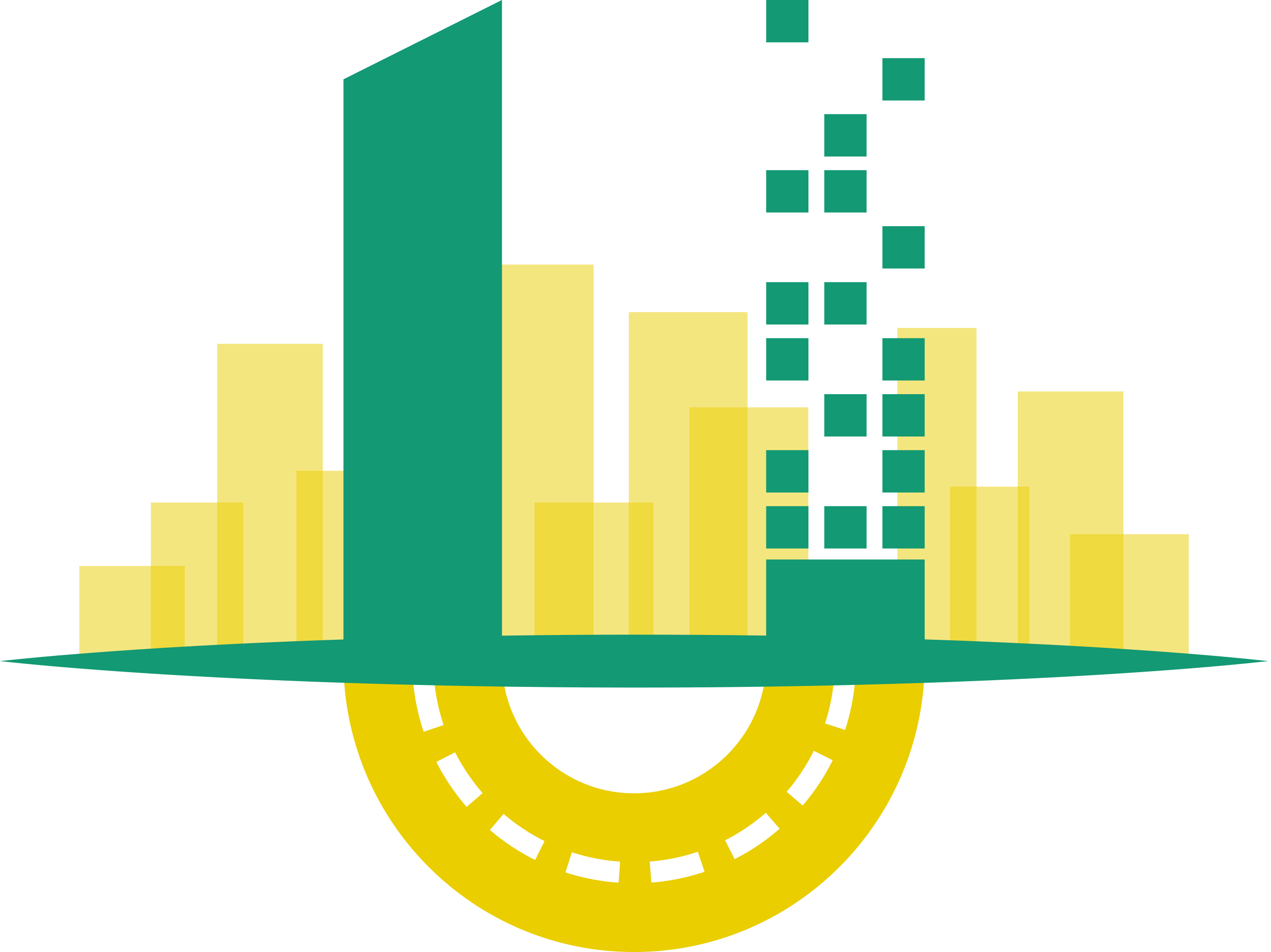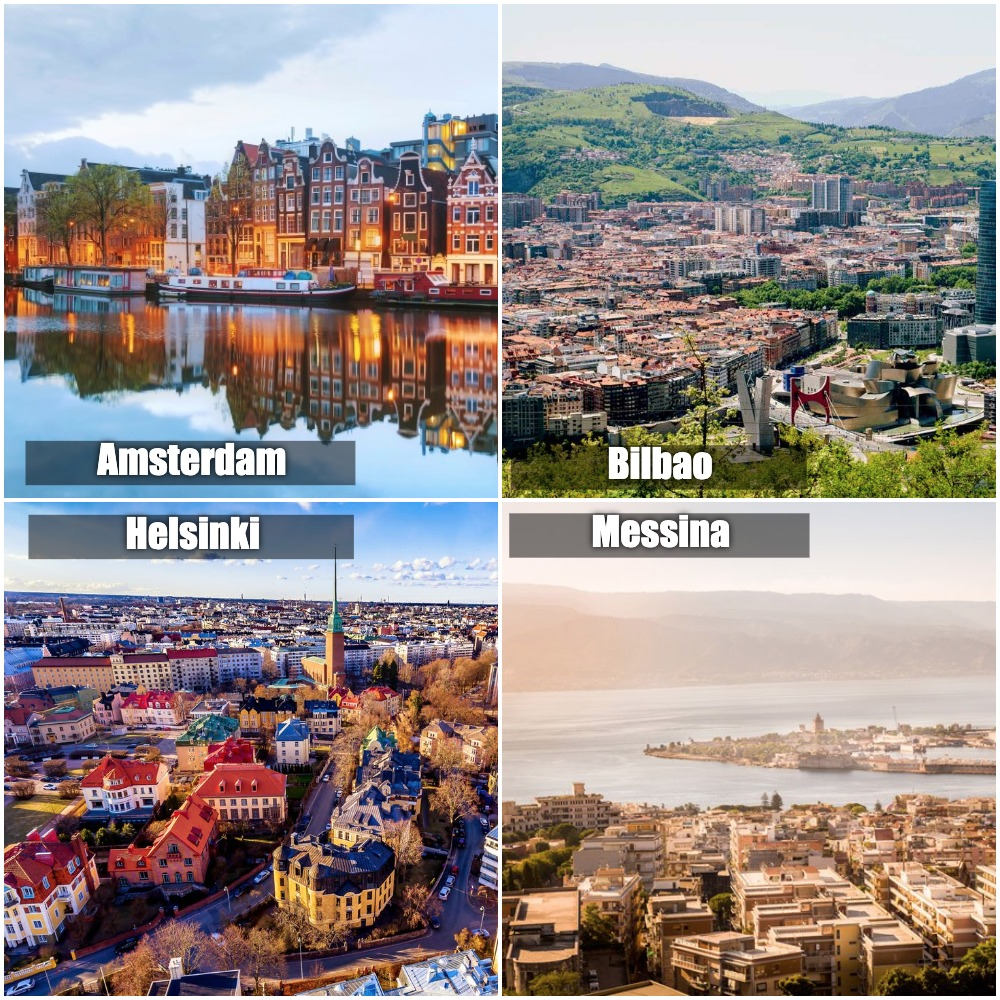How disruptive technologies can strengthen urban mobility transformation, the experience of URBANITE
Today’s cities are facing a revolutionary era in urban mobility and decision-makers have to face more and more complex challenges when managing and planning mobility. There is a continuous search of adequate mobility solutions to satisfy the demand of the growing population, both living in or moving around the cities, and to prevent and solve problems related to mobility such as traffic congestion, air pollution and the combination of new forms of mobility.
The concrete adoption of disruptive technologies in the decision-making processes can represent the pivoting point in the management of mobility. Decision support systems, artificial intelligence, predictive algorithms, simulation models, big data analytics, etc. offer the opportunity to analyse the current mobility situation and identify present and future trends allowing to predict potential future mobility scenarios.
URBANITE’s investigation focuses on four European cities distributed in four different countries: Amsterdam (the Netherlands), Bilbao (Spain), Helsinki (Finland), and Messina (Italy). Each of them offers a different perspective on urban mobility in terms of characteristics, services offered and challenges.
Despite their specific peculiarities, such as organisational approaches and mobility needs to be satisfied, the investigation performed has shown there are some commonalities among the cities analysed in terms of potential application of disruptive technologies that can help the decision-making processes.
The main aspect that emerged is related to the need for data, as a vital element to perform any decision-making activity. During the analysis,the URBANITE project team has identified a chain of common needs with corresponding solutions. The first link of the chain is the need to access data easily. This is, in most cases, scattered or represented using different data structures with non-uniform standards. Here tools facilitating the connection to data sources and the integration with existing IT systems can offer a valuable solution to overcome information silos and to build a unique data-access point to available data. This would allow also the harmonisation of the data through the use of common and well-defined data models. The second link of the chain is the need to exploit the data through data analysis techniques and the execution of simulations which can support decision-makersin forecasting and predicting the impact of decisions taken on traffic and mobility (e.g. the building of a new road, the creation of a limited traffic zones). This kind of technologies would allow the decision-makers to better design mobility solutions and policies, giving the possibility to tackle complex problems and to evaluate the implications of new policies. Here it is important to highlight that beyond the possibility to perform analysis and simulation, the availability of tools that simplify and reduce the time needed to set them up play a key role. In this sense, pre-packaged simulations ready to use, that guide the users in their setup, and tools, that allow the creation of customised KPIs and indicators, represent an advantage for the decision-makers. The third and final link of the chain is the data visualisation. Here, tools (e.g. Wizards) guiding the users in the creation of charts, graphs, map layers, etc. offer the opportunity to speed up the decision-making process by reducing the time for the interpretation and understanding of the information. At the same time, the possibility of creating customisable dashboards gives the decision makers the possibility to arrange the information and represent it according to their preferences and needs.
As a final consideration, during our analysis we have encountered different maturity levels among URBANITE pilot cities not only from an IT point of view but also from the point of view of readiness to adopt certain technologies, this has highlighted that the most suitable way to effectively improve mobility decision-making processes is not a single technology or tool, but a combination of disruptive technologies that “glued” together according to the specific needs of each city can unlock respective potentialities and benefits.
For more information on the analysis performed you can download the full paper at the following link.

